InGaAs detectors are highly sensitive to short-wave infrared (SWIR) wavelengths, used in conjunction with 1550 nm eye-safe pulsed laser diodes, they can allow detection of targets at longer ranges than traditional Silicon and 905 nm lasers, with reduced negative impact of environmental background light.
While quadrant PINs can be used to locate and validate laser targeting and spot tracking, APDs are used to amplify weak optical signals reflected from targets through internal gain mechanisms. Careful design and selection of APDs enables CMC to get much closer to an ideal electrical amplifier, represented by the Excess Noise Factor (F), in contrast to using only a PIN photodiode with an external transimpedance Amplifier (TIA) operating at a much larger gain. APD hybrid receiver designs reduce the impact of amplified shot noise and picked-up interferences due to longer signal paths on traditional PCBs or CCAs.
CMC, by integrating the amplification within the same TO-can, can detect much lower signal levels, as evidenced by the reported Noise Equivalent Power (NEP), deliver extremely fast active recovery from overload, and very high responsivity.

